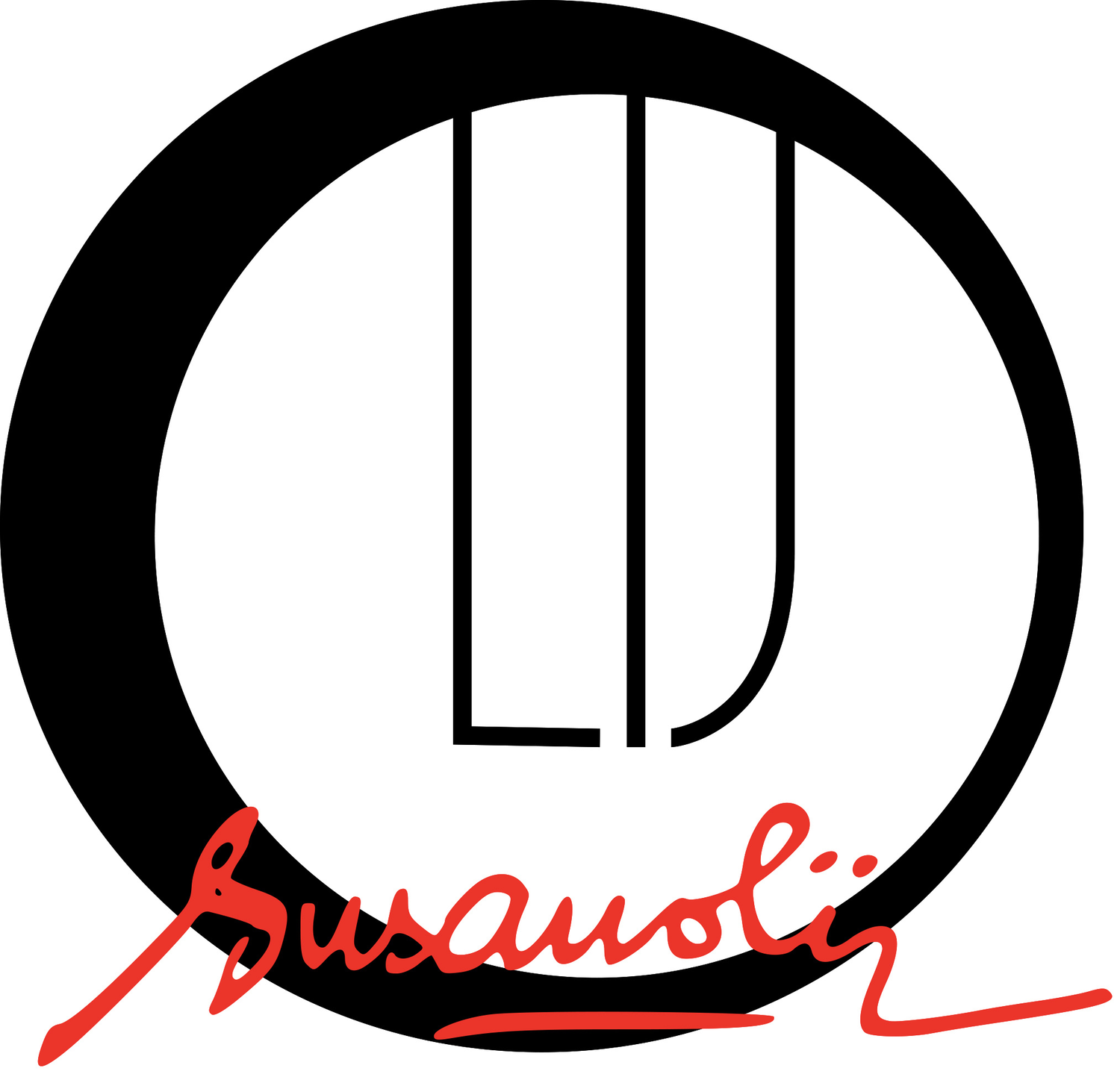How to trick your thinking brain to see more, and think less
This article is about how the Thinking brain is use less in drawing, and how the Seeing Brain is the key to improved observation skills for better drawings.
Here I want to attempt to explain how to broaden your observation skill by letting the Seeing brain (that is the right side of the brain) be on the driver’s seat instead of the Thinking brain (that is the left side of the brain).
Scientifically, studies of the two hemisphere of the brain is fascinating but is also very inconclusive. Scientist hasn’t fully manage to give a cut and dry finding the difference how they’re both affecting our daily activities, but some research on people with a stroke or epilepsy has shown that when the left brain shuts down, that seems to affect our speech and language ability. So without going through major digging through scientific papers about the split brain research, I like to simplify the concept in the context of improving our drawing skills by referring to the right brain, as the Seeing Brain, that’s the side that is holistic and creative and the left brain as the Thinking Brain, that’s the side that’s analytical, judgemental and verbal.
Science also has posit that we use both side of the brain for seeing and thinking, but one side will be slightly more dominant, and that I think is similar to why we hv a dominant hand, and dominant eye.
When you’re finally able to shift your brain to more seeing, less thinking, you’ll find that time flies, and visual tasks becomes easier and enjoyable.
Here’s some findings I discovered through my own experiments and research:
Bypass naming things, use descriptive words instead. Instead of naming a box or a square, use horizontal, vertical, line, curve, circular, round, etc.
Find the words that make sense to you, if the ones I am using does not. Find the words while doodling and drawing.
Setting up your brain to do visual tasks can be done by doing blind contour. Its the sort of activity that the thinking brain will deep ‘useless, pointless, has no value’. It is however an activity the Seeing brain enjoys a lot and this is the side that I feel has restorative and healing properties for our well being. This is the side that became dominant during the lockdown for me and drawing becomes a meditative and rejuvenating activity.
Trick your Thinking brain to push past procrastination means saying to yourself “I am not going to draw right now but I will doodling for 2 minutes, doodle just while waiting for my coffee’ etc. This is effective to develop your daily practice. When you find yourself doing the doodle, you’ll fall into the pleasant flow of drawing, and you thinking brain will just leave your seeing brain to it. Quoting John Cage, “When you start working, everybody is in your studio - the past, your friends, your enemies, the art world, and above all your own ideas- all are there. But as you continue painting, they start leaving, one by one, and you are left completely alone. Then, if you are lucky, even you leave.” This refers to our inner critic, our inner resistance and the thinking brain.
Making sure your drawing tool is delicious to use.This means use a very smooth pen or pencil, a drawing tool that you enjoy using means it’s not going to be in the way of you making marks. Another way to know it’s the right tool for you is if you cannot wait to use it.

